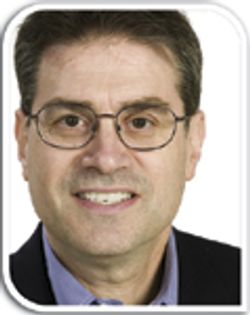Ahura's Doug Kahn discusses industry trends.
Ahura's Doug Kahn talks about reducing costs and portable instruments.
Q&A with
Doug Kahn, chairman and CEO of Ahura Scientific
PharmTech:
Do you see a new industry trend emerging?
Doug Kahn
Kahn:
We see a clear trend forming—spending money to save money in manufacturing operations without compromising quality. Two key challenges facing the pharmaceutical market are the quality control of raw materials and the identification of counterfeit drugs.
Raw materials entering the production process must be validated to ensure product safety and quality. For many years, quality-assurance and quality-control scientists used laboratory-based, in-line and luggable spectroscopic instruments to fulfill their raw-material inspection and process-control needs, typically testing only selected samples. Today, this sampling approach is regarded as incomplete and could potentially allow the introduction of contaminated or incorrect material into the production process. As a result, the pharmaceutical industry is taking its own measures to ensure product quality.
In recent years, first-generation portable instruments have been introduced for the validation of raw materials upon arrival at the loading dock. These portable devices have used near-infrared spectroscopy, which is not as precise as other forms of spectroscopy and is affected by temperature, humidity, particle size, and other factors.
The pressure to reduce the costs of instrument ownership and to perform accurate and reliable inspections at the location of the sample—rather than incurring costly material-handling fees and creating the potential for contamination—creates a perfect climate for portable Raman-based instruments.
PharmTech:
How do you stay abreast of new developments in the industry?
Kahn:
We listen to our customers and we have a dedicated team in product management and applications sciences. To keep our finger on the industry's pulse, we have collaborated with leading pharmaceutical and consumer-health organizations that have helped with applications such as active-ingredient development, contract manufacturing, generic drugs, excipients, packaging, and brand security. We also look to information-technology groups charged with centralizing library methods and electronic signatures. Lastly, we stay in tune with the pharmacopeias around the world, and we are active in conferences about applied spectroscopy.



